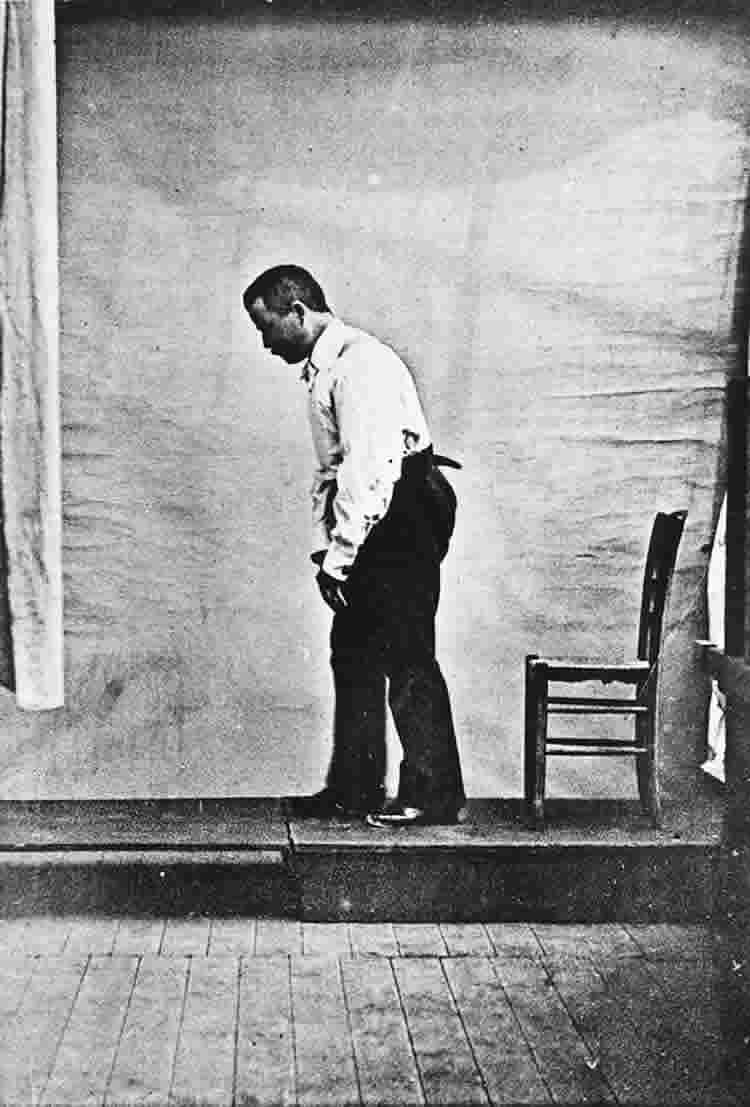Researchers at Newcastle University have found a definitive link between gait – the way someone walks – and early changes in cognitive function in people with Parkinson’s disease.
And the findings, published today in the journal Frontiers in Aging Neuroscience could mean that gait may be used as an early warning sign to help predict the development of cognitive impairment and dementia in Parkinson’s. It has been known for several years that there is a link between gait disturbance and dementia in older adults, but until now the relationship has not been clear in Parkinson’s.
The Newcastle findings indicate that subtle changes in walking patterns – some of which are undetectable to the eye – could be an early warning sign of cognitive decline and could be a guide to alert medical practitioners that treatment is needed. Although there is no cure, early treatment can help manage symptoms.
Parkinson’s disease

Over 120 people with Parkinson’s disease were tested making this the biggest study to date in early Parkinson’s Disease and they were compared to over 180 older adults. Volunteers were asked to walk for two minutes in the lab and their stride pattern was then analysed. Factors such as the length of stride, and sideways sway were looked at in a specially designed gait laboratory at the Clinical Ageing Research Unit, a clinical research facility jointly managed by Newcastle University and the Newcastle upon Tyne NHS Hospitals Foundation Trust.
Lynn Rochester, Professor of Human Movement Science at Newcastle University and lead author of the paper, said: “The relationship between gait and cognition has never been established this early on and in such a large group of Parkinson’s before. In the future walking patterns may be a useful early warning system to help identify dementia risk in Parkinson’s.
“Subtle changes in someone’s walking pattern, for example slowing down of steps, and increased sway from side to side are related to cognitive function even before changes are seen in cognitive tests.
“Ongoing work will confirm if it is possible to predict future cognitive decline and dementia risk. However this early work shows great promise.
“If we can use this and test people who may at risk, then we could pick up the early signs and begin treatment and advice.”
Notes about this neurodegeneration research
Contact: Press Office – Newcastle University
Source: Newcastle University press release
Image Source: The image is credited to Albert Londe and is in the public domain
Original Research: Full open access research for “Cognition and Gait Show a Selective Pattern of Association Dominated by Phenotype in Incident Parkinson’s Disease” by Sue Lord, Brook Galna, Shirley Coleman, Alison Yarnall, David Burn and Lynn Rochester in Frontiers in Aging Neuroscience. Published online October 21 2014 doi:10.3389/fnagi.2014.00249






